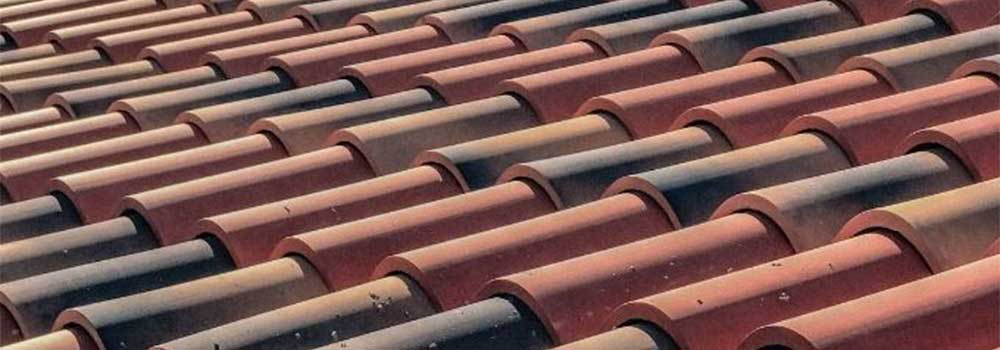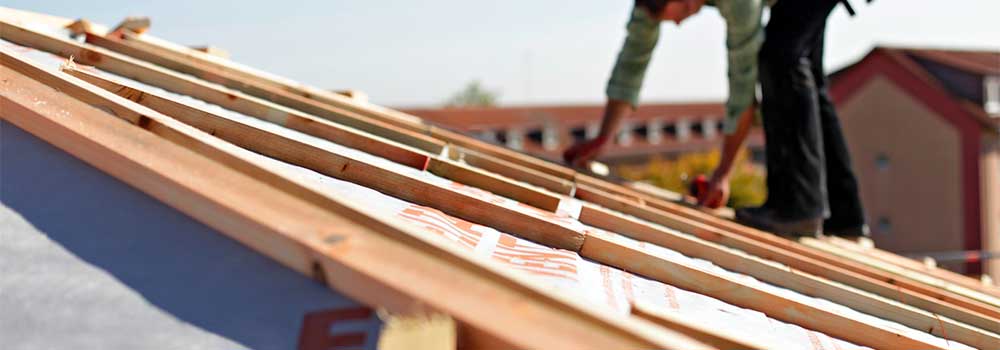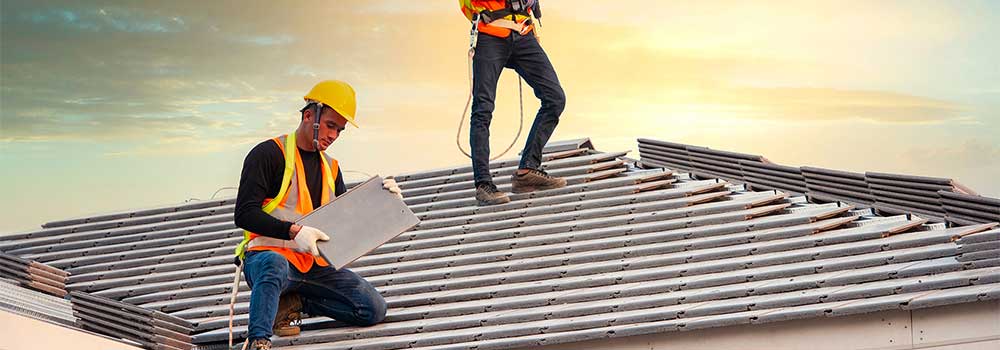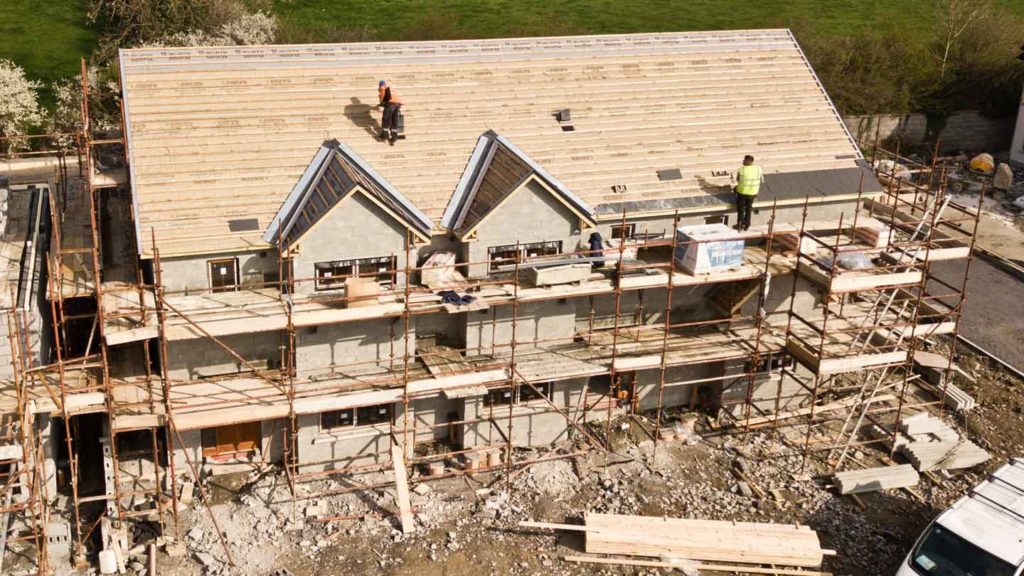Welcome to Commercial Roofing 101! This guide delves into commercial roofing, exploring the essential aspects of materials and installation. A sturdy roof is vital for the success and longevity of any commercial building.
By understanding the materials available and the installation process, you can make informed decisions to ensure a durable and efficient roofing system. Therefore, continue reading before you look for the best roofer near me.
The Importance of Quality Roofing Materials

Choosing suitable materials is of utmost importance for commercial roofing. The quality of materials directly impacts your roof’s durability, energy efficiency, and overall performance.
Commercial buildings endure constant exposure to various weather conditions, including heavy rains, scorching sun, snowstorms, and high winds. Therefore, selecting materials that can withstand these challenges and provide reliable protection is crucial.
The most commonly used commercial roofing materials are asphalt, metal, EPDM (rubber), and TPO (thermoplastic olefin). Each material possesses unique properties and benefits.
For instance, asphalt roofing is cost-effective, making it a popular choice for many commercial buildings. On the other hand, metal roofing offers exceptional durability and longevity, making it suitable for structures requiring long-term protection.
Exploring the Roofing Installation Process

Now that we understand the materials, let’s dive into the commercial roofing installation process. Proper installation is paramount to ensure a watertight, long-lasting roof that can withstand the test of time.
The process typically involves several essential steps. First, the roof deck is prepared, which includes ensuring its stability, fixing any existing damage, and providing a solid foundation for the new roof. Then, insulation is installed to enhance energy efficiency and prevent heat loss or gain.
Next, the selected roofing material, whether asphalt, metal, EPDM, or TPO, is carefully placed, adhering to the manufacturer’s guidelines. This step involves precise measurements, cutting the materials to fit, and securing them.
After the primary roofing material is positioned, attention is turned to the finishing touches. Flashings are thin metal pieces installed to prevent water from seeping into vulnerable areas such as roof edges, chimneys, or vents. Sealants are applied to ensure waterproofing and provide additional protection against leaks.
Factors to Consider in Material Selection
When selecting the appropriate roofing material for your commercial building, several crucial factors come into play. Considering these considerations will help you make an informed decision aligning with your needs and goals.
First and foremost, it’s essential to assess the climate in your region. Is it prone to extreme temperatures, heavy rainfall, high winds, or other weather conditions? Different materials excel in different climates. For example, metal roofing performs well in areas with heavy snowfall due to its durability and ability to shed snow efficiently.
Secondly, you need to evaluate your budget. While cost is high, balancing affordability and long-term value is essential. Investing in higher-quality materials may result in fewer repairs and replacements, ultimately saving you money in the long run.
Additionally, it’s crucial to consider each roofing material’s lifespan and maintenance requirements. Some materials, like asphalt, may require more frequent inspections and repairs, while others, like metal or EPDM, have longer lifespans and lower maintenance needs.
Benefits of Professional Roof Installation

Entrusting the installation of your commercial roof to professional roofing contractors offers numerous benefits that go beyond ensuring a well-installed roof.
Firstly, experienced professionals possess the knowledge and expertise to assess your building’s unique requirements and recommend the most suitable materials and techniques. They can provide valuable insights and guidance throughout the process, helping you make informed decisions that align with your goals.
Moreover, professional roofers, like the best roofer near me, are equipped with the necessary tools, equipment, and safety measures to handle the job efficiently and safely. Roof installation involves working at heights and requires specialized skills to ensure the workers’ safety and the building’s integrity.
Conclusion
Congratulations! You’ve now gained a solid understanding of commercial roofing materials and installation. Selecting suitable materials based on climate, budget, and maintenance needs is crucial for a successful roofing project.
Likewise, entrusting the installation to skilled professionals ensures that your roof performs optimally and stands the test of time.
Assigning the installation of your commercial roof to professional roofing contractors offers numerous advantages that go beyond ensuring a well-installed roof. With this knowledge, you’re well-prepared to make informed decisions regarding commercial roofing.

